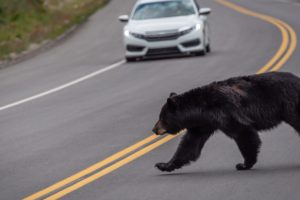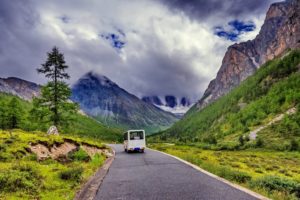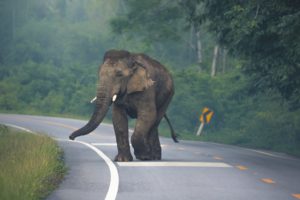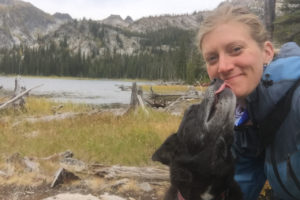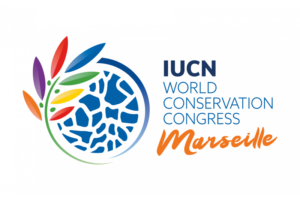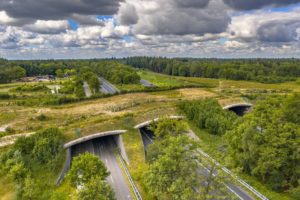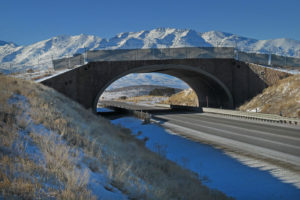New Infrastructure Funding Unites Transportation and Wildlife Experts
The opinion piece below, authored by two Center for Large Landscape Conservation staff members, originally appeared on Smerconish.com on November 24, 2021. Since then, the Center has created a “toolkit” to help interested applicants and their partners understand the Wildlife Crossings Pilot Program criteria and design projects that will make the most of this new federal funding.
